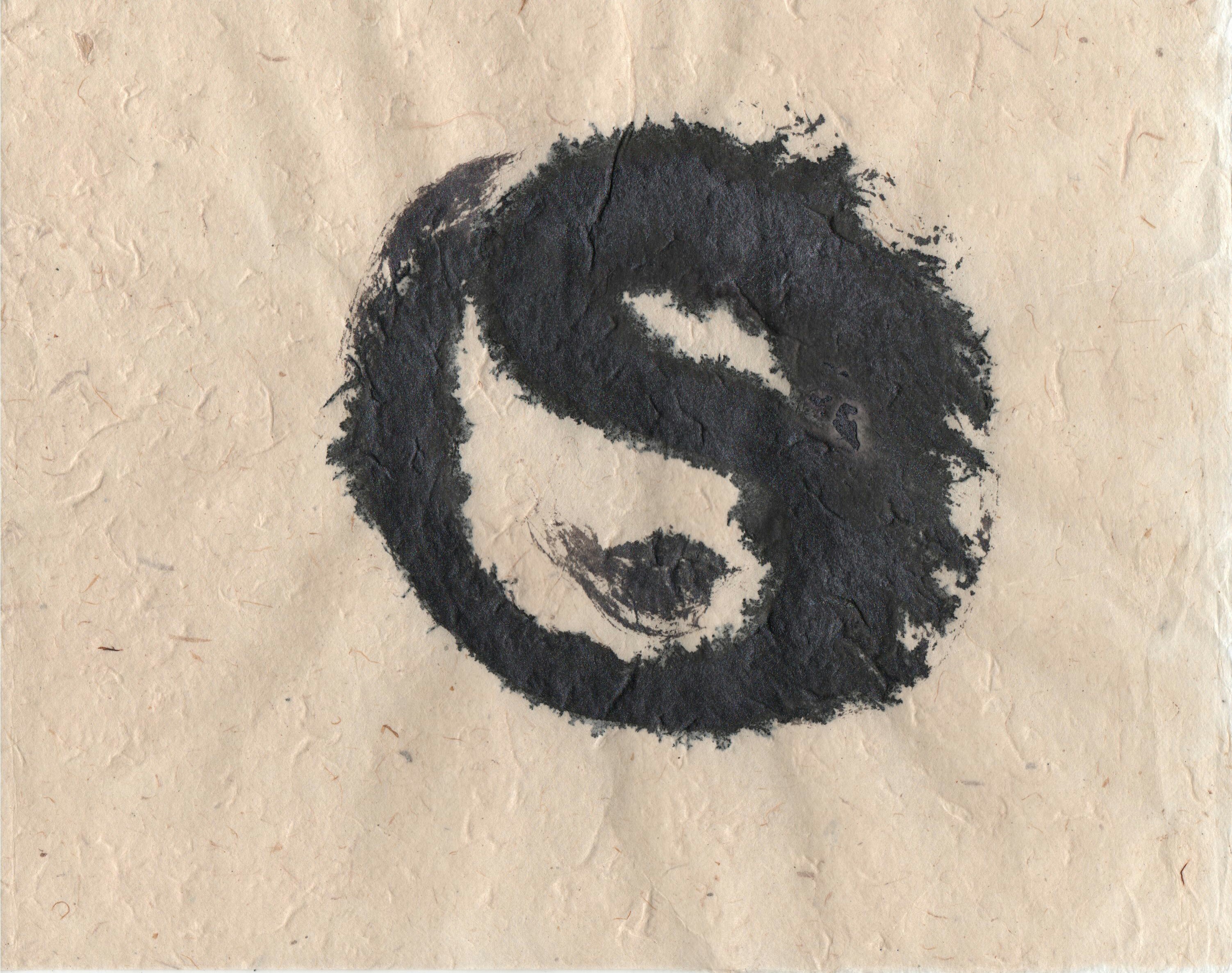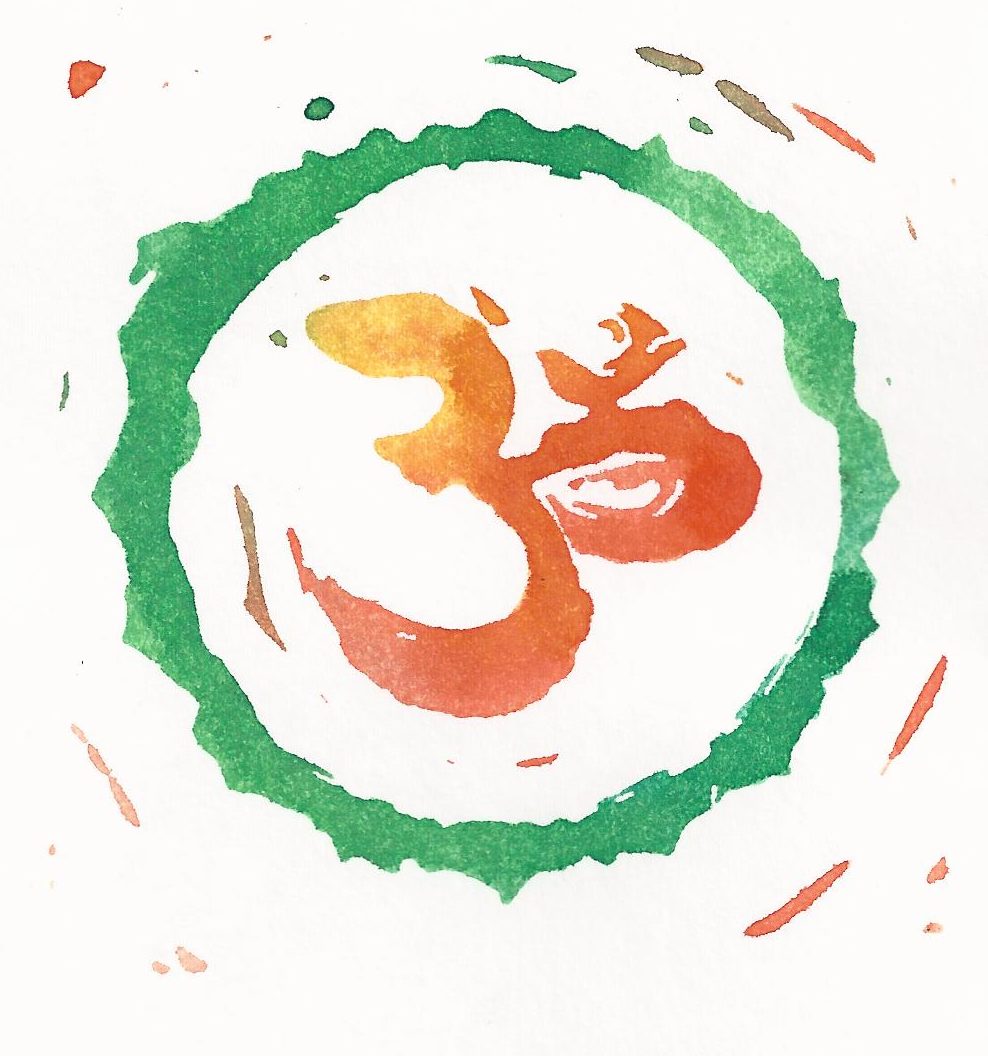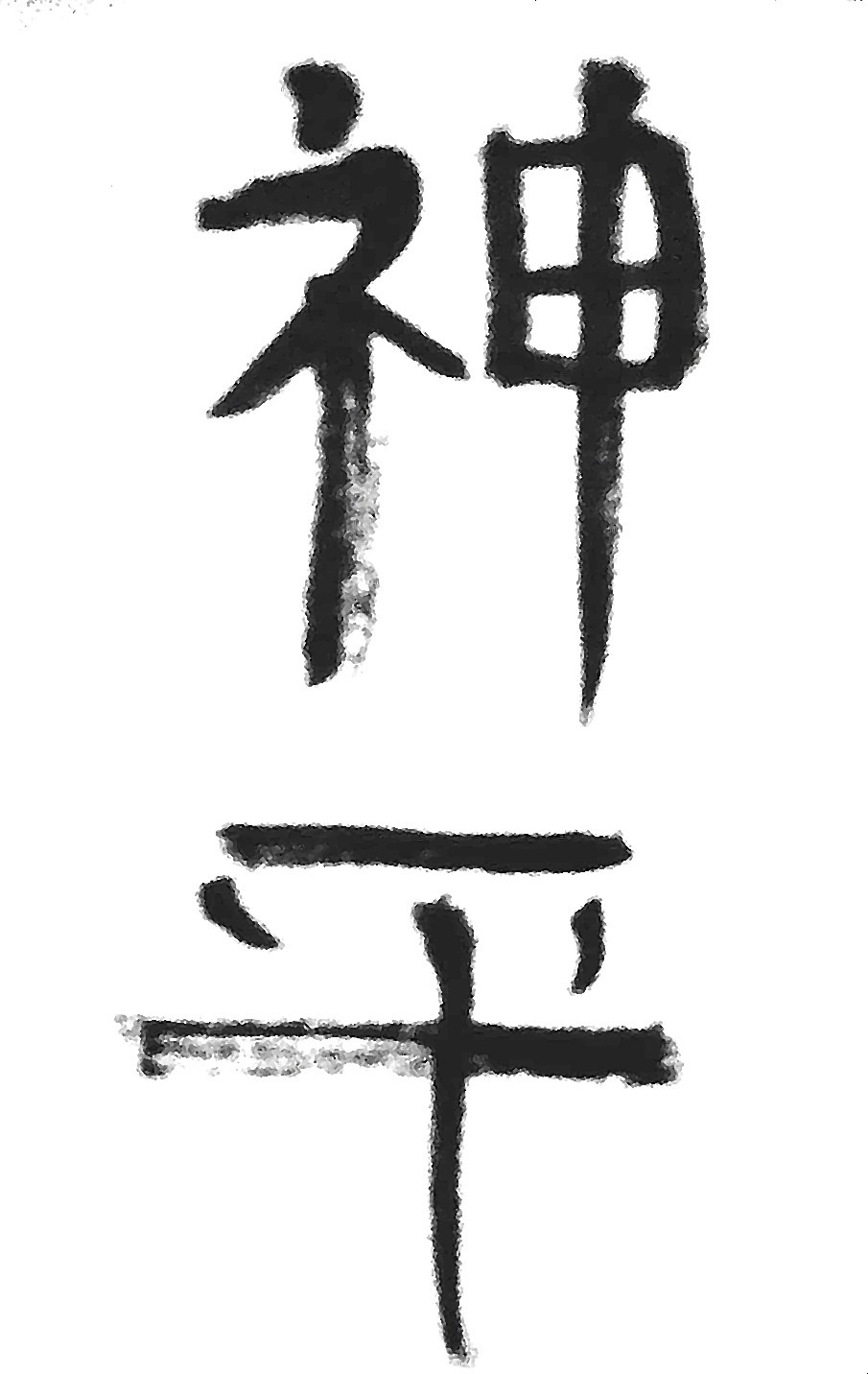
I see a lot of articles about “being present,” “be in the moment,” and things of this nature. Some say that that is all there is to enlightenment. Entire books are written on mindfullnes. As a person who has spent a lot of my life daydreaming… I mean “writing fiction,” uh… anyway, I’ve struggled with this concept. Yoda says that Luke “Never is his mind on where he is, what he is doing.” The Tao espouses this concept, as does the Dharma, and Krishna. Even Western religion calls for this kind of behavior as when Jesus says to be like children. And again when He says how we should be like the lilies of the field, (that Jesus and his references to mortality with “lilies”) and the birds of the air who neither reap nor sow, but are taken care of by their father in heavan. This is telling us to “Leave tomorrow for tomorrow and worry about today instead” (which he also says in his hit musical: “Jesus Christ Superstar”.)

But what does all this mean? Are we supposed to not think about the future? Do we discount the lessons of our past? Are we to be automotons? I think we are not supposed to be slaves to our thought processes. In the Bhagavad Gita we are told of the blind King Dhritarashtra, who is the ego, who is the regent, and when the rightful king comes to claim the throne, Dhritarashtra refuses to relinquish the throne. Our brain is a tool like our eyes or our arms, but we are not our bodies. We are more than our arms, more than our eyes, and we are more than our brains as well.
When a dancer is best, it is when she is not thinking about the next move, but when she is so practiced, that she does not have to think about it. Artists often talk about when they are so involved in the creative process, that time seems to have flown by. This is known as Aphrodite time, named for the Goddess of love, as opposed to normal time, named for Chronos, the Titan that consumed the gods, (his children) only to be saved by Zues (thus freeing them from time and giving them immortality.

I read instructions that tell me to pay attention to my breathing. Listen to my heart beating. The term Buddha means, “the awoken one.” and so being awake means being aware. Being aware of what’s going on that normal people are asleep to. Yet it is impossible to concentrate on all my senses at once. To pay attention to my heart beating and my breathing and the people talking to me, and feel the breeze and all that.
It is impossible to silence my mind as well. There is no way for me to do all these things. I am not a buddha.
The problem, as I see it, is that these instructions to be in the moment lack one key ingredient. Motivation. Why be in the moment? Because it leads to enlightenment? What is that? Being aware? I try and I just don’t seem to get it.
Until last night.
The reason to be in the moment is this:
Because to be awake to what is happening is FUCKING AWESOME!
This realization makes even a mundane trip to the market thrilling. I don’t have to simultaneously be aware of my breathing and seeing what’s on sale. I can seemlessly move from one to the other. To realize that every moment is brand new and the present is right now, and the eternal present is all there is. Even if I’ve done something a million times before, It’s still new in this moment. Think about that dancer. In order to not have to think about her dance, she had to practice the dance a million times to perform it flawlessly.

When you realize each moment, each experience is brand new, life is an adventure. People pay huge sums of money to be thrilled by adventure: they go skydiving, they go on safari, they go to exotic locals. There is nothing wrong with doing these things, but every second of everyday is unique, whether you are stuck in traffic, being chewed out by your boss, screwing up the courage to ask out that girl in accounting, or going to bed for the night.
I fall back into being humdrum, getting frustrated, and these things. life goes on, but once having realized the adventure that is each moment, I can re-enter that sensibility at any time. There is a Buddhist saying: “Chop wood, carry water.” It means to do what is needed in the moment. But it also means that that is the meditation. That is what to be awake to; not some spiritual ethereal concept, but the concrete reality of living life. I have long said that just going to church for an hour once a week is not enough, that each action we take is an act of worship, whether we realize it or not. If we chase money and are assholes all week long, that’s what we worship, that’s what we are dedicating our lives to, not just something we do for an hour. Of course, going to church can center us, give us our direction and if we fall short much of the time, we can still aspire to be more like we want. Living life in the moment, realizing the adventure can help us to feel less stuck, help us to be the kind of person we want to be in the moment.
If we fall into the rut of feeling like there’s nothing new, and we’ve done everything a million times, we rob ourselves of the thrill of being in the moment. Once we experience this thrill, we can motivate ourselves to do new things, and accept things as they are. There is a place for both of these in our lives.
Welcome to the adventure.



















